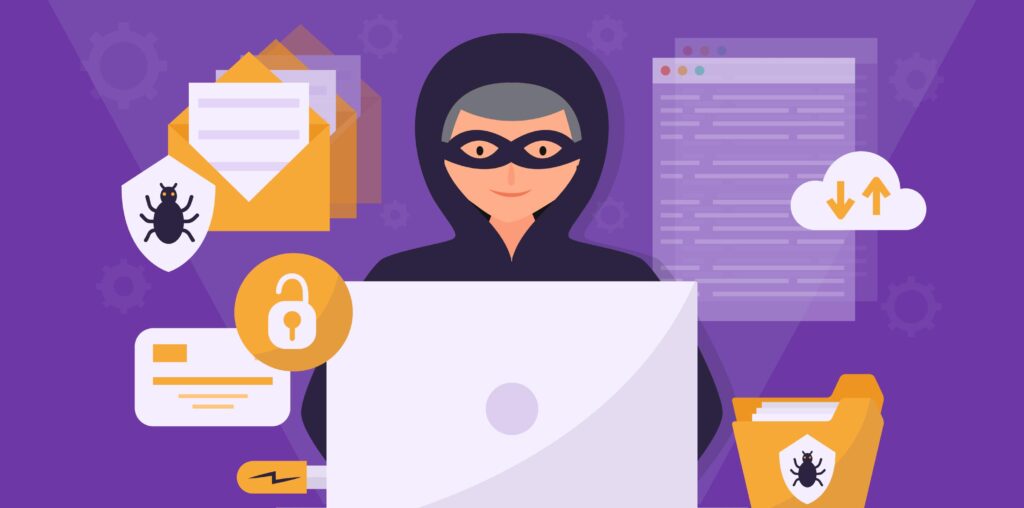According to STATISTA, a large percentage of 37% of breached records in 2024 belonged to employee personally identifiable information (PII) showing that cyber attackers targeted employee data extensively.
Your organization can strengthen its cybersecurity through proactive phishing tests that both evaluate and enhance how well employees detect and respond to such attempts. Following this systematic guide will help you establish a successful phishing test:
1. Define Clear Objectives
Your phishing test for employees must start with the definition of its main achievement goals. Objectives may include:
- The evaluation of employee readiness against phishing attempts.
- The process requires the determination of individual departments or personnel that need advanced training.
- The existing framework of cybersecurity training programs needs assessment regarding their achievement levels.
2. Select the Right Tools
Your organization must select an appropriate phishing simulation solution that suits its operational requirements. Key features to consider are:
- Customization of phishing email templates.
- The system enables administrators to program when phishing email simulations will be distributed.
- The system provides complete analysis features which help measure test outcomes.
The selected platforms include intuitive dashboards that enable users to track simulation outcome assessments and measure employee participation during phishing tests.
3. Design Realistic Phishing Scenarios
You need to craft phishing emails that replicate real-world situations which affect your organization. Consider incorporating:
- The delivery of urgent requests together with unexpected attachments and links that ask for credentials stands as common phishing methods.
- Realistic branding elements that resemble employee workplace environments help maximize simulation effectiveness.
The tests should be tough challenges while maintaining professionalism to prevent upsetting employees although trust violations or distressing content is forbidden.
4. Conduct the Phishing Simulation
The phishing test execution requires sending crafted emails to your workforce. It’s advisable to:
- Schedule emails at different times to reduce the predictability.
- Monitor employee interactions and document when employees open messages and click URLs and also log instances where staff report suspicious correspondence.
5. Analyze the Results
After the simulation, evaluate the data collected to:
- Measure how many employees participated in the phishing email.
- Search for typical traits that separated the employees who fell for the attack from others.
- Evaluating the performance outcomes of current cybersecurity awareness training sessions should be a part of the initiative.
The analysis results in identifying areas that require improvement so training initiatives can improve for the future.
6. Provide Targeted Training and Feedback
Provide helpful feedback to your employees which should concentrate on:
- Highlighting what indicators they missed.
- The organization should implement methods to teach its staff how should they identify and report phishing schemes properly.
Deliver training that targets the particular flaws employees displayed through test assessments. Employees need to understand their critical position in cybersecurity by maintaining high vigilance.
7. Foster a Supportive Environment
All workers must feel free to report doubtful emails through open channels without suffering negative consequences. A formal acknowledgment of staff members who display initiative helps to generate further proactive conduct. Cultural practices should exclude disciplinary actions that would prevent employees from reporting suspicious behaviors.
8. Schedule Regular Phishing Tests
Conduct phishing simulations periodically to:
- Regularly testing employees enables them to remain aware of new phishing techniques.
- Assess how well the ongoing training programs work at their present level.
- Your organization must continuously develop greater resistance to phishing incidents to protect against attack attempts.
Security testing regularly reveals any security flaws that exist within organizational security protocols.
Strategic execution of this methodology stimulates your organization to develop stronger defenses against phishing attacks alongside an organization-wide security culture.




